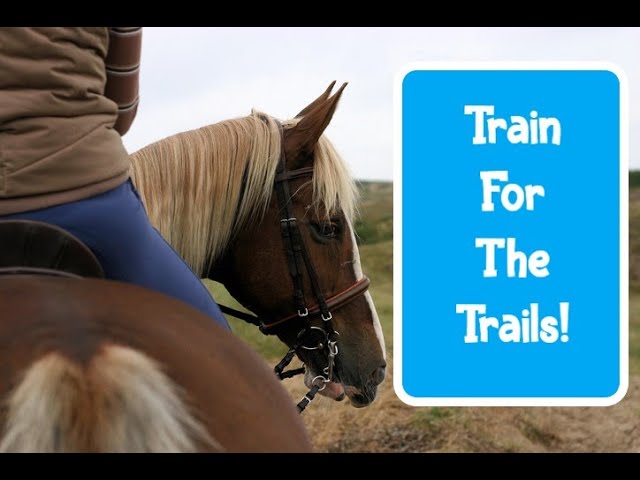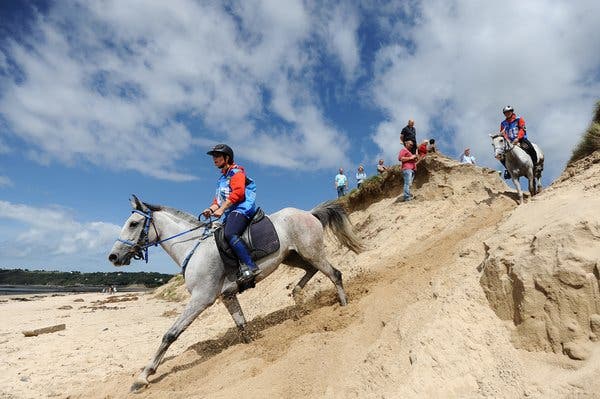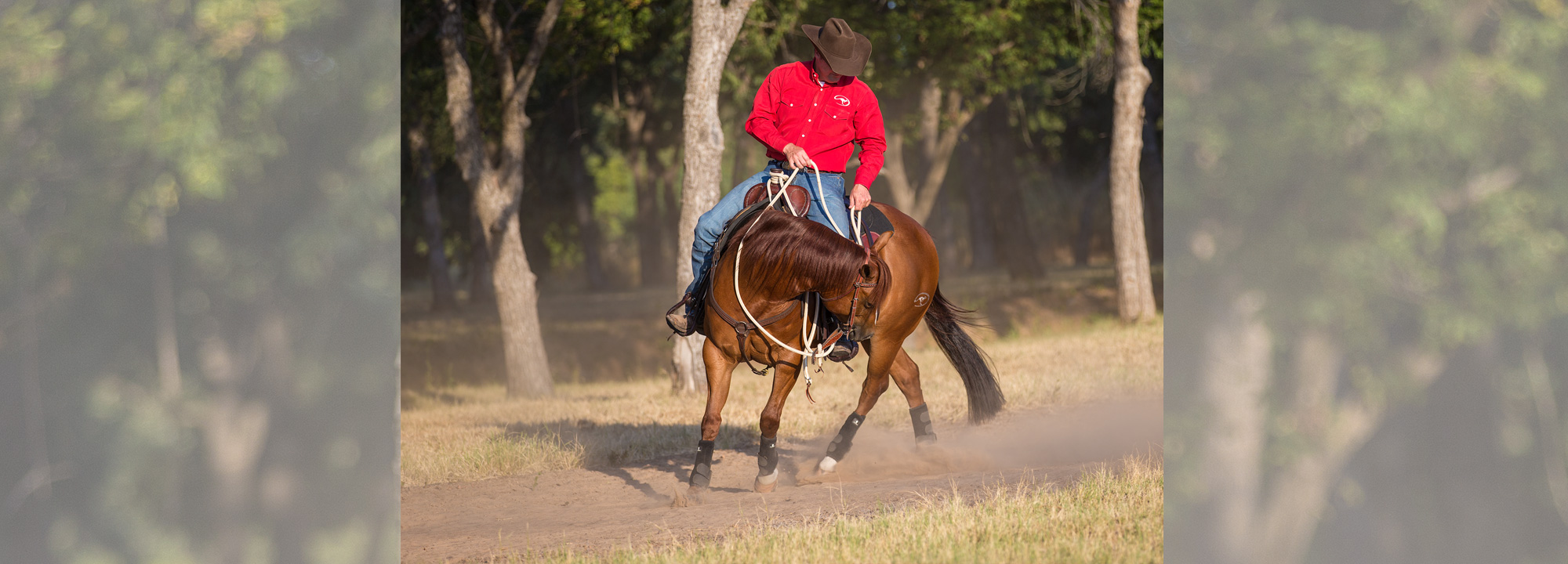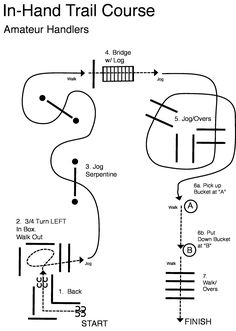Trail Horse Training: Preparing for Adventures

Embarking on trail rides with your horse is an exciting adventure that requires thorough preparation and training. Proper trail horse training ensures safety, enjoyment, and a strong bond between you and your equine partner. This article will guide you through essential steps and tips to prepare your horse for trail adventures.
Why Train Your Horse for Trail Riding?

Trail riding presents unique challenges compared to arena riding. Horses encounter varied terrain, unexpected obstacles, and different environmental stimuli. Training helps your horse develop confidence, responsiveness, and endurance necessary for safe and enjoyable trail experiences.
Key Components of Trail Horse Training

| Component | Description | Tips for Success |
|---|---|---|
| Groundwork | Establishes respect and communication through exercises like leading, backing, and yielding. | Be consistent and patient; use positive reinforcement. |
| Desensitization | Exposes horse to various stimuli such as noises, wildlife, and objects to reduce spookiness. | Introduce new stimuli gradually and calmly. |
| Trail Obstacles | Practice crossing logs, water, and uneven ground to build confidence and skill. | Start with easy obstacles and increase difficulty over time. |
| Conditioning | Builds physical fitness and stamina through regular exercise and varied terrain. | Incorporate hill work and long rides progressively. |
| Rider Communication | Enhances cues and signals between rider and horse for better control. | Use clear, consistent aids and practice regularly. |
Step-by-Step Training Plan
- Start with Groundwork: Begin training sessions with groundwork to establish trust and communication.
- Introduce Desensitization: Gradually expose your horse to common trail stimuli.
- Practice Trail Obstacles: Set up safe obstacles to simulate trail conditions.
- Build Conditioning: Increase ride length and difficulty to improve fitness.
- Enhance Rider Communication: Work on cues and responsiveness under saddle.
Essential Gear for Trail Training
- Helmet: Safety first for the rider.
- Proper Footwear: Boots with heels to prevent slipping.
- Trail Saddle: Designed for comfort and security on long rides.
- Bridle and Bit: Choose based on your horse’s comfort and control needs.
- Protective Leg Gear: Boots or wraps to protect against brush and rocks.
Frequently Asked Questions (FAQ)
Q1: How long does it take to train a horse for trail riding?
A: Training duration varies depending on the horse’s age, temperament, and previous experience, but typically it takes several weeks to a few months of consistent work.
Q2: Can any horse be trained for trail riding?
A: Most horses can be trained for trail riding, but some breeds and individual temperaments are better suited for the varied demands of trail environments.
Q3: How do I handle a spooking horse on the trail?
A: Stay calm, maintain a steady seat, and use gentle cues to reassure your horse. Regular desensitization training helps reduce spooking.
Q4: What should I do if my horse refuses an obstacle?
A: Approach the obstacle calmly, encourage your horse with positive reinforcement, and break the task into smaller steps if needed.
Conclusion
Preparing your horse for trail adventures is a rewarding process that enhances safety, confidence, and enjoyment for both horse and rider. With consistent training, proper gear, and patience, you can look forward to many memorable rides through nature’s beauty.
Ready to make your trail rides safer and more enjoyable? Start implementing these training tips today and watch your horse transform into a confident trail partner!
